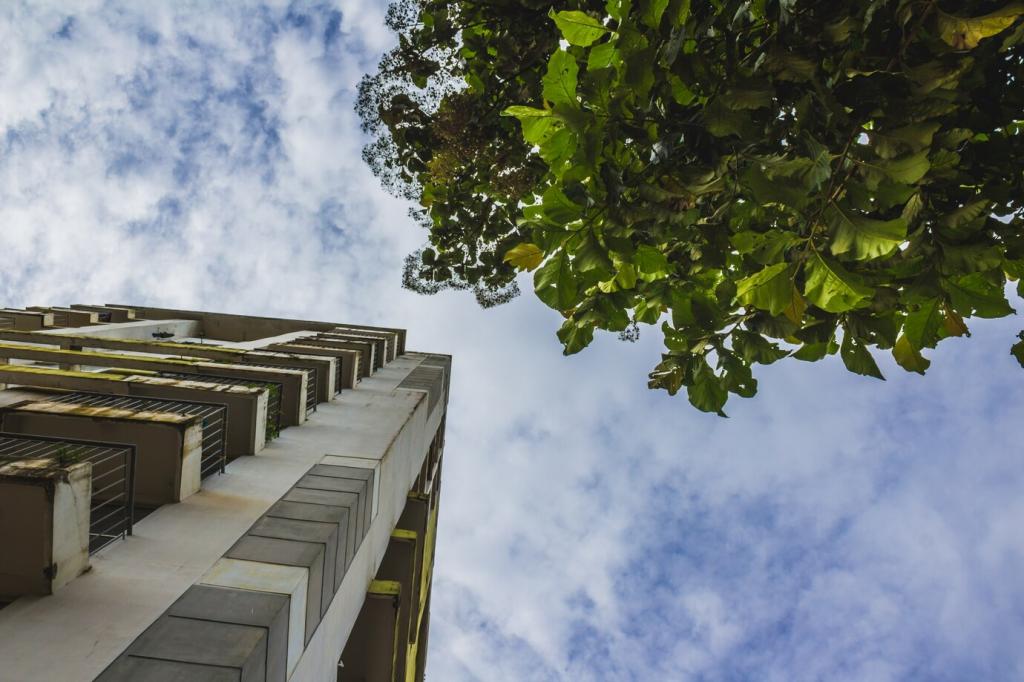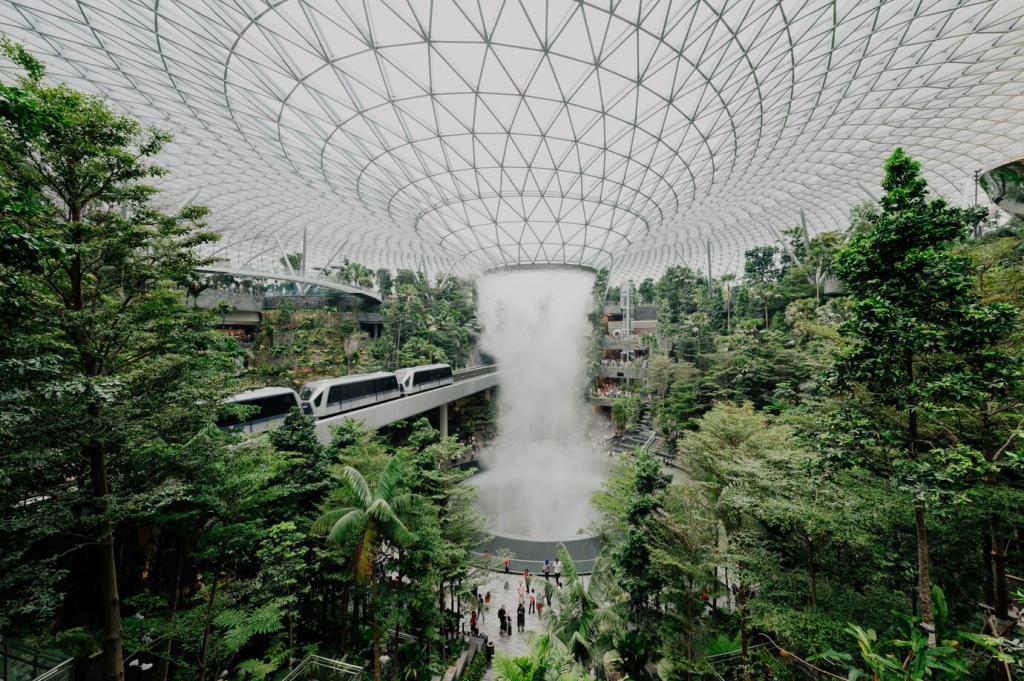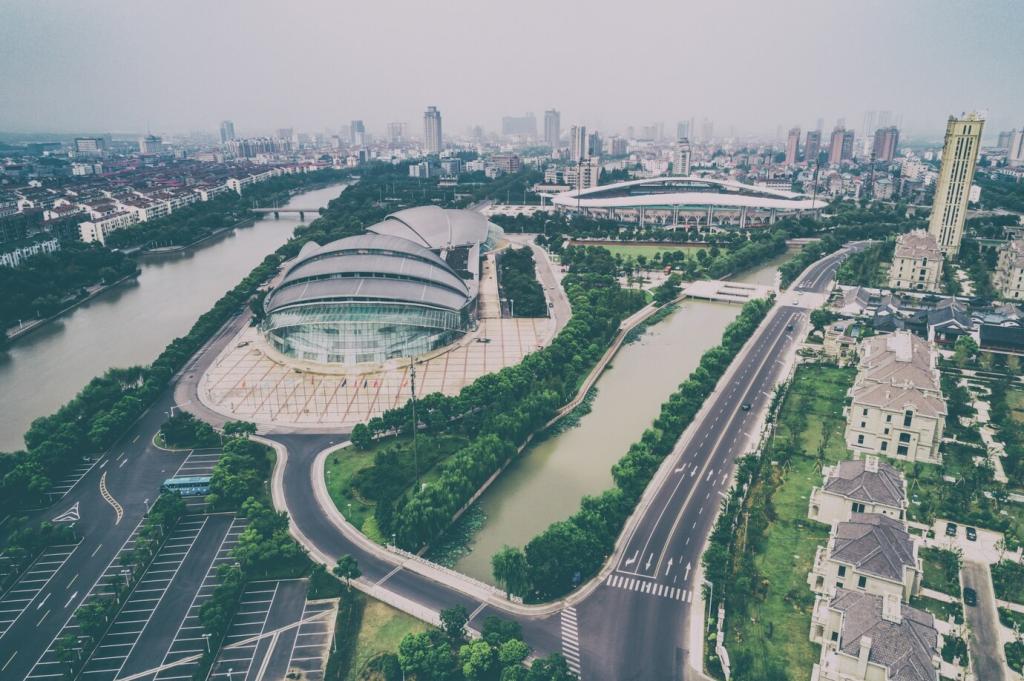Sustainable Apartment Living: Tips for Eco-Friendly Urban Habits
Living sustainably in the city is more important than ever as urbanization continues to rise. Adopting eco-friendly habits in apartment settings empowers individuals to minimize their environmental footprint, conserve resources, and foster healthier communities. This guide explores practical, impactful ideas for making sustainable choices in the daily rhythm of urban apartment life, addressing everything from energy and water usage to waste reduction, transportation, eating habits, and community engagement.

Conscious Consumption and Smart Shopping

Opt for Local and Eco-Friendly Products
When you choose locally produced items and goods created with the environment in mind, you help reduce the carbon emissions associated with long-distance transportation. Local farmers’ markets and stores that prioritize eco-friendly brands are great resources for apartment dwellers seeking sustainable options. Focusing on simple swaps—like biodegradable cleaning supplies, recyclable packaging, or ethically sourced foods—makes a cumulative difference over time and sets a positive precedent within your living community.

Understand Packaging and Reduce Waste
Excess packaging leads to significantly more waste in urban apartments, where space for recycling and trash is often limited. Learning to identify recyclable and compostable packaging, as well as choosing products with minimal or reusable containers, helps lower the strain on municipal waste systems. Keeping reusable shopping bags, produce bags, and containers handy for errands makes it easier to avoid unnecessary packaging and encourages mindful purchasing habits.

Buy Only What You Need
Overbuying results in clutter, unnecessary spending, and increased waste, especially when it comes to perishable goods or items with limited shelf life. Keeping a well-organized inventory of pantry, cleaning, and personal care items prevents duplication and reduces waste. Planning your purchases around actual needs and storage capabilities conserves resources and means less ends up in the trash, making apartment living both simpler and more sustainable.
Minimizing Energy Use at Home
Upgrade to Energy-Efficient Appliances
Replacing old appliances with energy-efficient versions, such as refrigerators, washing machines, or dishwashers certified by energy standards, can dramatically cut electricity use. Compact apartments often mean fewer appliances, and choosing quality over quantity ensures every device runs efficiently. Even switching to LED light bulbs or energy-saving power strips reduces cumulative energy drain and helps make your apartment greener.
Mindful Temperature Control
Climate control often accounts for the biggest chunk of home energy expenses. Simple steps like setting programmable thermostats, blocking drafts with weather stripping, and using fans for airflow help regulate temperatures without overtaxing the heating or cooling system. Embracing natural ventilation or dressing appropriately for the season are additional ways to maintain comfort while minimizing your apartment’s energy draw.
Embrace Natural Light and Passive Heating
Maximizing natural daylight not only brightens living spaces, improving mood and productivity, but also slashes the need for artificial lighting during daytime hours. Positioning furniture to capture sunlight, opening blinds strategically, and using thermal curtains can help manage passive heating and cooling, making your apartment more energy-efficient while enhancing its overall ambiance.

Install Low-Flow Fixtures
Low-flow showerheads, tap aerators, and dual-flush toilets make a measurable difference in apartment water usage. These easy-to-install fixtures cut consumption dramatically without sacrificing comfort or performance. Many apartment managers support upgrades or may even mandate efficiency standards, making it straightforward to take action and set a water-saving example for neighbors.

Practice Efficient Habits Daily
Adjusting daily routines—such as turning off the tap when brushing teeth, taking shorter showers, and only running full dishwasher or laundry loads—amplifies water savings without major lifestyle changes. Over time, these small habit shifts add up, showing apartment dwellers just how simple and effective it is to make water conservation a routine part of eco-friendly urban living.

Reuse and Recycle Water Where Possible
With a little creativity, water from certain household tasks can serve more than one purpose. For instance, water collected while rinsing fruits or vegetables can be used to hydrate houseplants. Being mindful about how water is used and reused not only extends this precious resource but encourages more innovative approaches to everyday apartment living challenges.
Previous slide
Next slide

Sustainable Urban Transportation Choices
Embrace Walking and Biking
In many urban areas, necessities and entertainment options are within walking or biking distance. Making these transport modes part of your routine reduces emissions and contributes to personal wellbeing. Many cities offer bike-share programs and improved pedestrian infrastructure, which cater perfectly to apartment dwellers looking for quick, healthy, and sustainable ways to navigate their neighborhoods.

Greening Apartment Spaces Inside and Out
Indoor Plants for Air Quality
Houseplants do more than boost decor—they actively cleanse indoor air and contribute to healthier living environments. Selecting resilient native species requires minimal care and supports apartment dwellers in building their own green oasis, no matter how small the space. Caring for these plants can also connect residents more closely to nature, encouraging mindfulness and relaxation.
Balcony and Window Gardening
Many apartments feature balconies, window sills, or shared rooftop spaces perfect for growing herbs, vegetables, or flowers in containers. Balcony gardening yields fresh produce, reduces the need for store-bought items, and provides habitat for pollinators. With a bit of creativity, apartment residents can use these pockets of space to contribute meaningfully to urban greening efforts.
Support Community Gardens
Participating in a community garden offers apartment dwellers access to larger plots, shared resources, and a sense of connection with neighbors. Urban gardening not only produces fresh, local food but also fosters environmental stewardship and strengthens social ties. Engaging with these projects allows for collective impact and helps drive city-wide sustainability forward.

Community Engagement and Sharing Resources
Start or Join a Green Apartment Group
Apartment residents can collaborate more effectively by forming green committees or sustainability clubs within their buildings. These groups organize recycling drives, advocate for eco-friendly policies with property management, and serve as hubs for education and mutual support. Such engagement turns sustainable living into a social endeavor and inspires broader participation.
Share Tools and Appliances
Pooling infrequently used items like power tools, ladders, or even small kitchen appliances reduces redundancy, saves storage space, and ensures that fewer new products are manufactured. Setting up a lending library or tool-sharing co-op within your building or neighborhood encourages trust and further reduces environmental footprints through collective sharing.
Promote Community-Based Energy Solutions
Some apartment communities have been exploring renewable energy projects, like solar panel installations or participation in community wind or solar farms. Advocating for clean energy adoption and energy conservation practices within your building increases sustainability at scale. These solutions, fueled by collective will, benefit everyone and can make a tremendous positive impact on urban sustainability.
Sustainable Eating and Food Choices
Reducing animal products and choosing seasonal produce lower your food-related environmental footprint, since plant-based diets typically require fewer resources. Seasonal foods are often fresher, less expensive, and rarely travel as far to reach your plate. These habits help urban dwellers make choices that are better for both personal health and the planet.
Previous
Next
